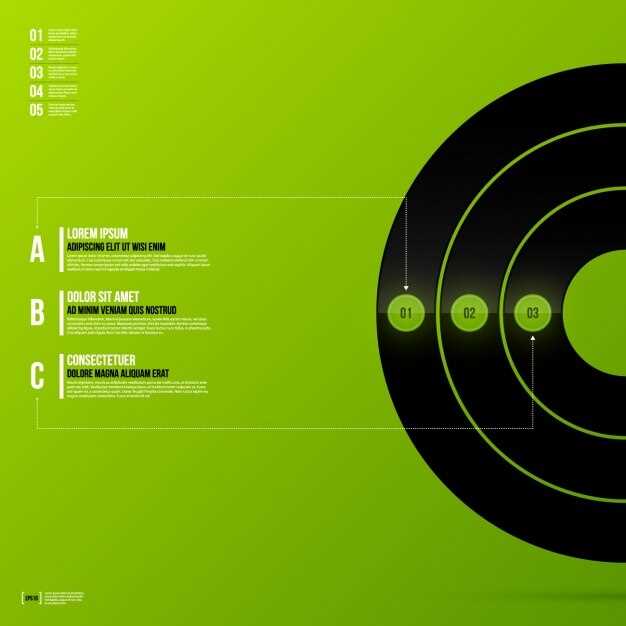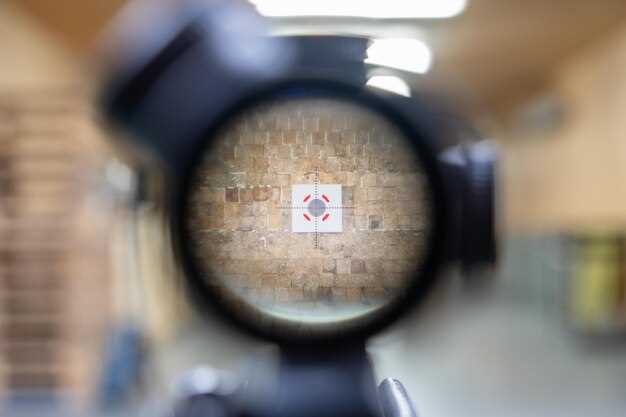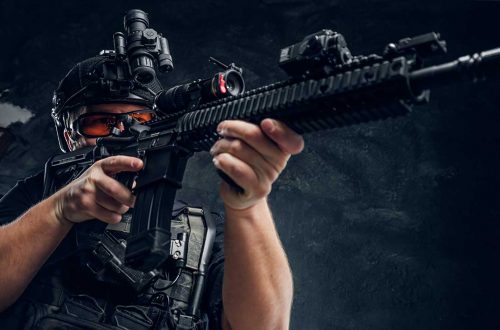
Red dot vs magnified scope – which to choose?

When it comes to enhancing shooting accuracy, the choice between a red dot sight and a magnified scope is crucial. Each option offers distinct advantages that cater to different shooting styles and preferences. Understanding the fundamental differences and specific applications of these sight types is essential for any shooter looking to optimize their performance.
A red dot sight is designed for fast target acquisition and is ideal for close to mid-range shooting. The comparison lies in its simplicity and efficiency, allowing shooters to quickly align their point of aim with the target. This is particularly beneficial in dynamic shooting environments where every second counts.
On the other hand, a magnified scope provides the precision needed for long-distance engagements. With adjustable magnification levels, a scope allows for an improved comparison of distant targets, making it a preferred choice for hunters and marksmen who require detailed observation and accuracy. Evaluating factors such as distance, speed, and personal shooting habits will ultimately guide your decision in choosing between a red dot sight and a magnified scope.
Understanding the Advantages of Red Dot Sights for Quick Target Acquisition
Red dot sights have gained popularity among shooters for their unique advantages in quick target acquisition. One of the primary benefits of red dot sights is the ability to maintain situational awareness while aiming. The dot provides a clear reference point without obstructing the view of the target, allowing shooters to engage more rapidly.
When comparing red dot sights to magnified scopes, it’s essential to consider how the former enables faster reflexive shooting. The shooter can simply place the red dot on the desired target, facilitating immediate engagement. Unlike traditional scopes that require precise eye alignment and focus adjustment, red dots function effectively with both eyes open. This feature significantly enhances peripheral vision, which is critical in dynamic situations.
The parallax-free design of most red dot sights further contributes to their rapid target acquisition capabilities. Shooters can maintain accuracy even when their head position shifts slightly, making it easier to stay on target during movement. This advantage is particularly useful in tactical and competitive environments where speed is crucial.
Moreover, red dot sights are generally lighter and more compact than magnified scopes. This portability allows for easier handling and quicker transitions between targets, especially in scenarios that require swift changes in focus or direction. The simplicity of a red dot is another critical factor; there are no complex adjustments needed, making it user-friendly for both novice and experienced shooters.
In summary, the advantages of red dot sights lie in their ability to facilitate quick and intuitive target acquisition. The combination of an unobstructed view, rapid engagement, and ease of use makes them a favorable choice for those seeking efficiency in shooting scenarios.
Evaluating Magnified Scopes for Precision Shooting at Longer Distances

When it comes to precision shooting, the choice of scope can significantly affect your performance, especially at longer distances. Magnified scopes provide the necessary clarity and detail for accurate target acquisition, making them a preferred option compared to red dot sights.
One of the primary advantages of a magnified scope is its ability to enhance target visibility at extended ranges. Unlike red dot sights, which are typically best suited for close-quarters engagement, magnified scopes allow shooters to see finer details of their targets and make precise adjustments in windage and elevation.
The level of magnification plays a crucial role in this comparison. Scopes with higher magnification levels enable shooters to identify targets more easily and assess distances accurately. A common choice for long-range shooting is a 4-12x or 6-24x scope, providing versatility for various shooting scenarios.
Additionally, magnified scopes often feature advanced reticle systems, which can further assist in windage and distance calculations. Many modern scopes come with illuminated reticles that improve visibility in low-light conditions, enhancing the shooter’s capability to engage targets effectively at any hour.
However, it’s essential to consider the weight and size of a magnified scope, as these factors can impact maneuverability. A more compact scope provides significant advantages in portable setups, particularly when transitioning between targets.
Ultimately, evaluating your specific needs and intended use will guide your decision. For precision shooting at longer distances, a magnified scope offers superior performance and reliability, making it a worthwhile investment for serious marksmen.
Making the Right Choice: Assessing Your Shooting Style and Conditions

When selecting between a red dot sight and a magnified scope, understanding your shooting style and the conditions in which you operate is crucial. Each option serves distinct purposes and excels under specific circumstances, leading to a comparison that should be subjective to your needs.
If you primarily engage in close to mid-range shooting, such as in tactical scenarios or competitive shooting, a red dot sight may be the ideal choice. The rapid target acquisition offered by the red dot allows for quicker follow-up shots, enhancing performance in dynamic environments. The unlimited eye relief and lightweight design contribute to maintaining agility and maneuverability.
Conversely, for long-range precision shooting or when using firearms for hunting over longer distances, a magnified scope becomes essential. These scopes provide the necessary clarity and detail to accurately identify targets, allowing for precise shot placement. The ability to adjust magnification enables shooters to adapt to varying distances and conditions, making the magnified scope a versatile tool for disciplined shooting approaches.
Consideration of environmental factors is also vital. In bright daylight, a red dot’s simplicity and ease of use make it favorable. However, under low-light conditions, a magnified scope might offer enhanced visibility, depending on its lens quality and coating. Weather influences, such as rain or fog, can also affect the performance of both types of optics, so choosing a model designed for rugged conditions can enhance reliability.
Your personal shooting style also plays a significant role in this decision. Those who prefer a quick and instinctive shooting approach may gravitate towards red dots, while marksmen who prioritize accuracy and distance will find magnified scopes more appealing. Ultimately, assessing your shooting habits, typical scenarios, and environmental conditions will guide you toward the most suitable choice between red dot sights and magnified scopes.




